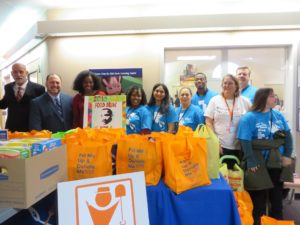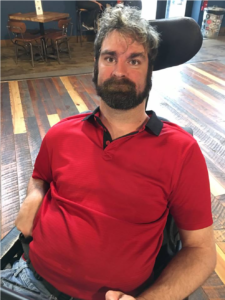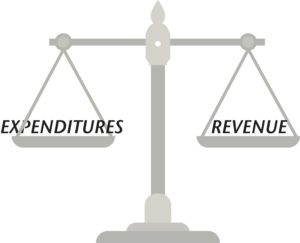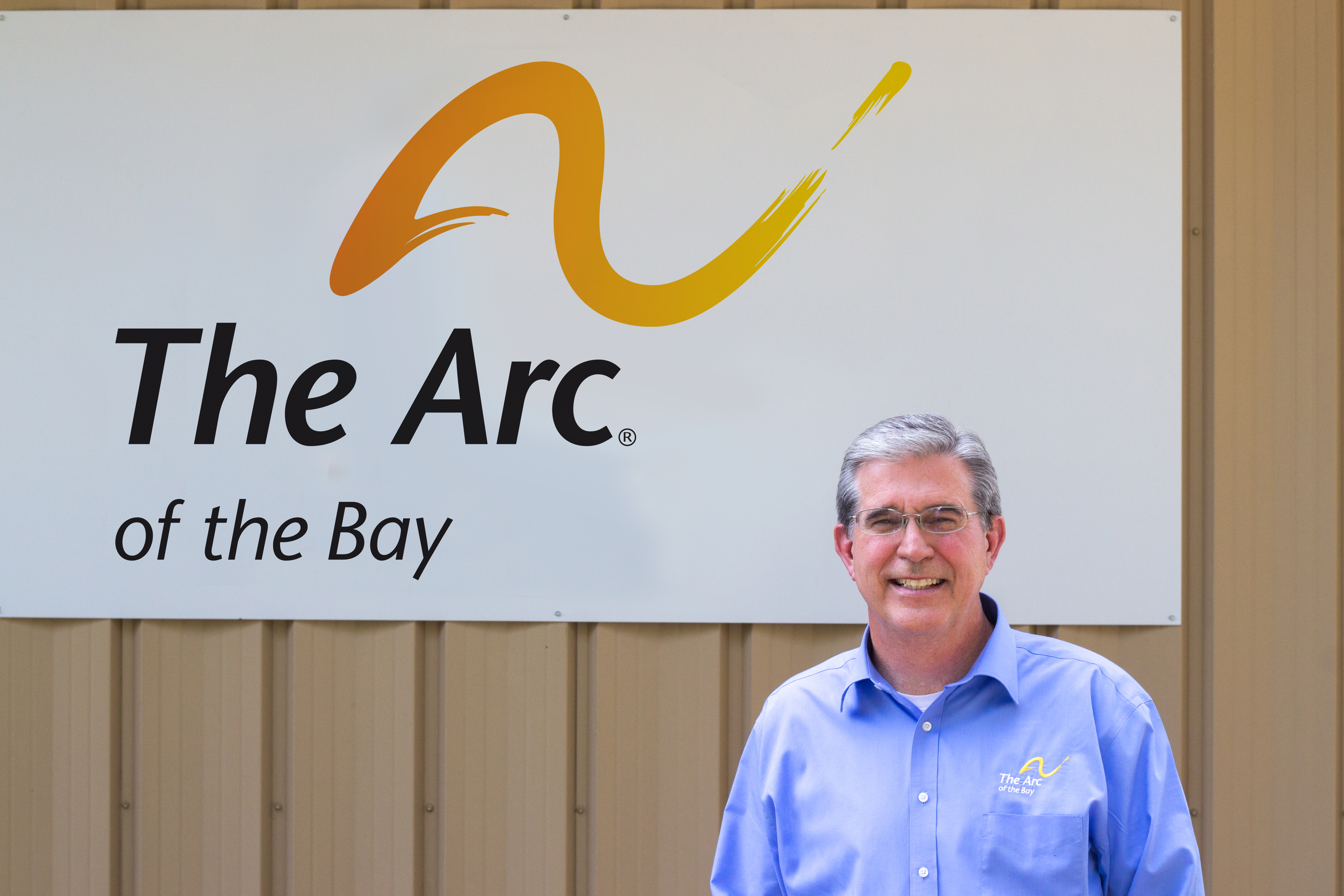The Arc Reacts to Newest Autism Prevalence Data Showing 15% Increase in Two Years
Washington, DC – Yesterday, The Centers for Disease Control and Prevention (CDC) released new data showing the prevalence of Autism Spectrum Disorder (ASD) continues to rise. The new rate of 1 in 59 children with autism reflects nearly a 16% increase from two years ago when the CDC released data stating that the prevalence hadn’t risen since 2014, when the rate of 1 in 68 children with autism was announced.
“A decade ago the CDC reported 1 in 125 children had autism and related disorders. Today’s data shows more than double the prevalence of autism in our nation since 2008 and emphasizes the need for better services and supports for people with autism and their families. People with autism live in all our communities – they are members of our families, they are our friends, they are active in our places of worship, they work with us, they teach us, and they are valuable members of society.
“We’ve made progress to raise awareness and improve services, but today’s report reminds us we need to be doing more. We need to be working to ensure that people with autism can receive the individualized supports they need in school, at work, and as they pursue lives in the community of their choosing. We’ve faced many threats recently that could be extremely detrimental to individuals with autism. From an Administration budget request that would have been devastating to people with disabilities; to a state by state effort to cut people off Medicaid, the single largest funding source of services and support for people with autism and their families; to a tax law that jeopardizes critical programswe are still in the fight of our lives and remain ready to advocate for the civil rights of people with autism and other disabilities.
“The new prevalence rates underscore the need to reauthorize the Autism Collaboration, Accountability, Research, Education, and Support Act which expires next year. This law is the primary vehicle for federal funding for surveillance, autism research, screening and diagnostic services, and professional training. The significant variation in prevalence rates between different states points to the need to better understand the contributing factors and to plan for the service needs across the country.
“An important take away from this report is the need for early diagnosis and intervention. The Arc is a resource to young families across the country when it comes to early intervention. With nearly 650 chapters across the country we are the largest service provider to people with autism and other forms of intellectual and developmental disability in the nation. The Arc will continue to lead the way and work with people with autism to support their full inclusion and participation in the community throughout their lifetimes,” said Peter V. Berns, CEO of The Arc.
ASDs are a group of developmental disabilities that are often diagnosed in early childhood and can cause significant social, communication, and behavioral challenges over a lifetime. The Arc is the largest provider organization for people with autism in the United States. Chapters of The Arc provide services and supports for people with autism, their families, and service providers.


 For The Arc, the quote from Martin Luther King, Jr. – “Everybody can be great because everyone can serve” – has a special meaning. Many perceive people with disabilities as the ones in need of service – but in reality, they are an important part of civic engagement at the state, local, and national levels. That’s why we’re grateful to have been selected for a third year by the Corporation for National and Community Service to execute volunteer projects for the annual Martin Luther King, Jr. Day of Service.
For The Arc, the quote from Martin Luther King, Jr. – “Everybody can be great because everyone can serve” – has a special meaning. Many perceive people with disabilities as the ones in need of service – but in reality, they are an important part of civic engagement at the state, local, and national levels. That’s why we’re grateful to have been selected for a third year by the Corporation for National and Community Service to execute volunteer projects for the annual Martin Luther King, Jr. Day of Service. Our 2018 grantees included
Our 2018 grantees included  My name is Steve, I live in Roanoke, Virginia and I have cerebral palsy. I like to do the kinds of activities many people do — go out to the mall, restaurants, concerts, bars, and travel to places like the beach. I am an advocate with people with disabilities, I go to a lot of events to talk with members of the legislature and other government officials. I recently attended an event with U.S. Senator Kaine, and a Town Hall Meeting with Delegate Rasoul. I also serve on several state boards.
My name is Steve, I live in Roanoke, Virginia and I have cerebral palsy. I like to do the kinds of activities many people do — go out to the mall, restaurants, concerts, bars, and travel to places like the beach. I am an advocate with people with disabilities, I go to a lot of events to talk with members of the legislature and other government officials. I recently attended an event with U.S. Senator Kaine, and a Town Hall Meeting with Delegate Rasoul. I also serve on several state boards. My home state of Illinois still has seven state-run institutions for people with intellectual and developmental disabilities (IDD) open. In 2018, 37 states still have institutions where people with IDD live institutional lives away from their families and communities. Some may recall the horrible investigative reports that showed the terrible conditions in institutions, but fail to realize that they still exist — and that state and federal government dollars are still funding them. The Arc of the United States was founded by families like mine trying to eliminate the need for those institutions, and to get their family members with disabilities back home and included in their communities. While we have come a long way, there is still much to do from state capitals to DC.
My home state of Illinois still has seven state-run institutions for people with intellectual and developmental disabilities (IDD) open. In 2018, 37 states still have institutions where people with IDD live institutional lives away from their families and communities. Some may recall the horrible investigative reports that showed the terrible conditions in institutions, but fail to realize that they still exist — and that state and federal government dollars are still funding them. The Arc of the United States was founded by families like mine trying to eliminate the need for those institutions, and to get their family members with disabilities back home and included in their communities. While we have come a long way, there is still much to do from state capitals to DC. A balanced budget amendment is a proposed federal constitutional rule requiring that the government not spend more than its income in a given year. Most state constitutions have balanced-budget provisions and most of these make an exception for times of war or national emergency, or allow the legislature to suspend the rule by a supermajority vote. The U.S. Constitution does not require a balanced budget. Some members of Congress are looking to change that by passing legislation to add an amendment to the U.S. Constitution.
A balanced budget amendment is a proposed federal constitutional rule requiring that the government not spend more than its income in a given year. Most state constitutions have balanced-budget provisions and most of these make an exception for times of war or national emergency, or allow the legislature to suspend the rule by a supermajority vote. The U.S. Constitution does not require a balanced budget. Some members of Congress are looking to change that by passing legislation to add an amendment to the U.S. Constitution.






